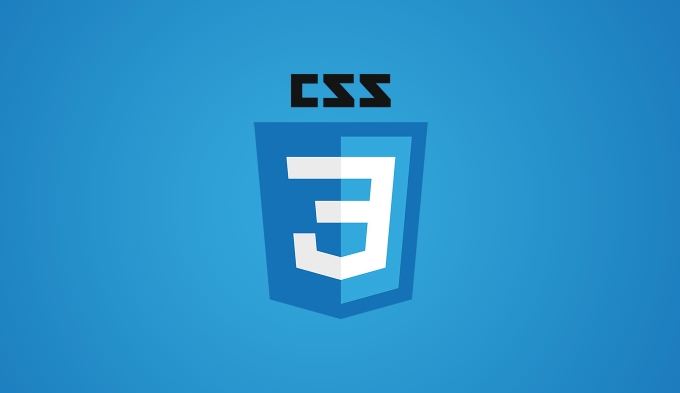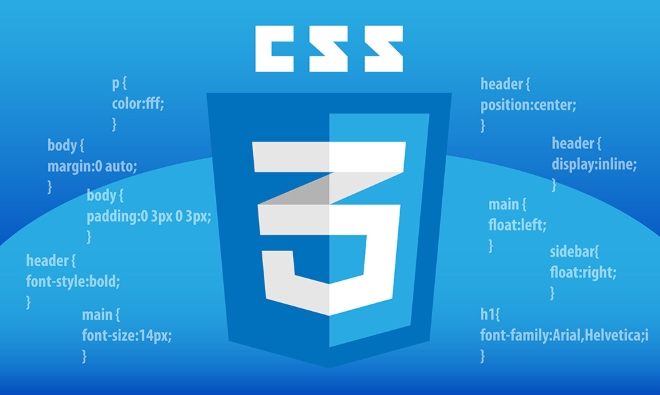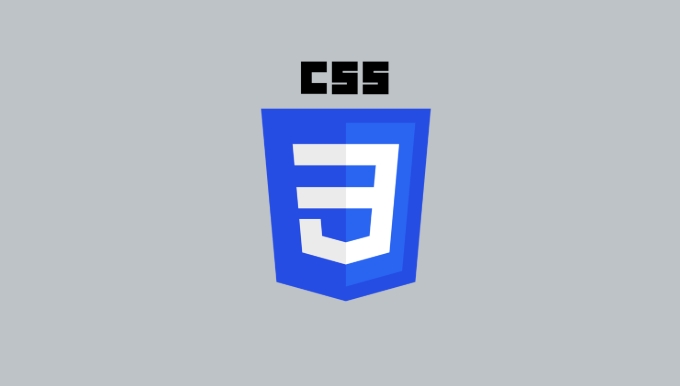The outline attribute is very useful in improving web accessibility and debug layout, especially when users focus on elements. It will not affect the layout, usually be rectangular, only one element can have one, and the browser will be added to form controls by default; while border will take up space, can set rounded corners, support multi-layer borders, and need to be set manually. In actual use, it is recommended to retain or customize the focus style to ensure user experience.

outline attribute of CSS is often overlooked, but it is very useful in some scenarios, especially in improving the accessibility of web pages. Unlike border , outline has its own characteristics and usage scenarios. Let’s talk about its usage and the difference from border .

What is outline? What's the use?
outline is an abbreviation property that sets the style, color and width of the element outline at the same time. The most common usage is that when a user clicks or uses the keyboard to focus an element (such as a button or link), the browser will automatically add an outline, which is one of the functions of outline .

button:focus {
outline: 2px solid blue;
} This attribute will not affect the layout, which means it will not occupy space and will not make the element larger. This is very different from border .
The main differences between outline and border
Although they can all add border effects to elements, there are several key differences that need to be paid attention to:

- Does it affect the layout :
borderwill take up space, butoutlinewill not. - Shape limitation :
outlineis usually rectangular and cannot set the radians of each corner (such as rounded corners) likeborder. - Is it possible to have multiple : an element can only have one
outline, but multiplebordercan be available (multi-layer borders are implemented through pseudo-elements). - Default behavior : Some browsers will automatically add
outlinewhen the form control gets focus, whileborderneeds to be set manually.
If you find a strange border when an element on the page is focused, it is likely that the browser adds outline by default.
Suggestions in actual use
In actual development, outline has two most common uses: debug layout and improve accessibility.
- If you want to temporarily view the location of an element, you can quickly mark it with
outline, without affecting the overall layout. - When doing barrier-free optimization, do not easily remove
outline, otherwise it will affect the operating experience of keyboard users.
If you really need a custom focus style, it is recommended to retain some kind of visual feedback, such as this:
input:focus {
outline: none;
border-color: #409eff;
box-shadow: 0 0 0 2px rgba(64, 158, 255, 0.3);
}This is both beautiful and will not make the user unable to find the elements currently focused.
Basically that's it. Although outline looks simple, it is very practical in detail processing, especially in terms of interaction design and accessibility.
The above is the detailed content of Using css outline property and its difference from border. For more information, please follow other related articles on the PHP Chinese website!

Hot AI Tools

Undress AI Tool
Undress images for free

Undresser.AI Undress
AI-powered app for creating realistic nude photos

AI Clothes Remover
Online AI tool for removing clothes from photos.

Clothoff.io
AI clothes remover

Video Face Swap
Swap faces in any video effortlessly with our completely free AI face swap tool!

Hot Article

Hot Tools

Notepad++7.3.1
Easy-to-use and free code editor

SublimeText3 Chinese version
Chinese version, very easy to use

Zend Studio 13.0.1
Powerful PHP integrated development environment

Dreamweaver CS6
Visual web development tools

SublimeText3 Mac version
God-level code editing software (SublimeText3)

Hot Topics
 How can I include CSS only on some pages?
Jun 11, 2025 am 12:01 AM
How can I include CSS only on some pages?
Jun 11, 2025 am 12:01 AM
There are three ways to selectively include CSS on a specific page: 1. Inline CSS, suitable for pages that are not frequently accessed or require unique styles; 2. Load external CSS files using JavaScript conditions, suitable for situations where flexibility is required; 3. Containment on the server side, suitable for scenarios using server-side languages. This approach can optimize website performance and maintainability, but requires balance of modularity and performance.
 Flexbox vs Grid: Understanding the Key Differences in CSS Layout
Jun 10, 2025 am 12:03 AM
Flexbox vs Grid: Understanding the Key Differences in CSS Layout
Jun 10, 2025 am 12:03 AM
Flexboxisidealforone-dimensionallayouts,whileGridsuitstwo-dimensional,complexlayouts.UseFlexboxforaligningitemsinasingleaxisandGridforprecisecontroloverrowsandcolumnsinintricatedesigns.
 Creating an Auto-Closing Notification With an HTML Popover
Jun 10, 2025 am 09:45 AM
Creating an Auto-Closing Notification With an HTML Popover
Jun 10, 2025 am 09:45 AM
The HTML popover attribute transforms elements into top-layer elements that can be opened and closed with a button or JavaScript. Popovers can be dismissed a number of ways, but there is no option to auto-close them. Preethi has a technique you can u
 What is 'render-blocking CSS'?
Jun 24, 2025 am 12:42 AM
What is 'render-blocking CSS'?
Jun 24, 2025 am 12:42 AM
CSS blocks page rendering because browsers view inline and external CSS as key resources by default, especially with imported stylesheets, header large amounts of inline CSS, and unoptimized media query styles. 1. Extract critical CSS and embed it into HTML; 2. Delay loading non-critical CSS through JavaScript; 3. Use media attributes to optimize loading such as print styles; 4. Compress and merge CSS to reduce requests. It is recommended to use tools to extract key CSS, combine rel="preload" asynchronous loading, and use media delayed loading reasonably to avoid excessive splitting and complex script control.
 How to use Lotties in Figma
Jun 14, 2025 am 10:17 AM
How to use Lotties in Figma
Jun 14, 2025 am 10:17 AM
In the following tutorial, I will show you how to create Lottie animations in Figma. We'll use two colorful designs to exmplify how you can animate in Figma, and then I'll show you how to go from Figma to Lottie animations. All you need is a free Fig
 Breaking Boundaries: Building a Tangram Puzzle With (S)CSS
Jun 13, 2025 am 11:33 AM
Breaking Boundaries: Building a Tangram Puzzle With (S)CSS
Jun 13, 2025 am 11:33 AM
We put it to the test and it turns out Sass can replace JavaScript, at least when it comes to low-level logic and puzzle behavior. With nothing but maps, mixins, functions, and a whole lot of math, we managed to bring our Tangram puzzle to life, no J
 External vs. Internal CSS: What's the Best Approach?
Jun 20, 2025 am 12:45 AM
External vs. Internal CSS: What's the Best Approach?
Jun 20, 2025 am 12:45 AM
ThebestapproachforCSSdependsontheproject'sspecificneeds.Forlargerprojects,externalCSSisbetterduetomaintainabilityandreusability;forsmallerprojectsorsingle-pageapplications,internalCSSmightbemoresuitable.It'scrucialtobalanceprojectsize,performanceneed
 Does my CSS must be on lower case?
Jun 19, 2025 am 12:29 AM
Does my CSS must be on lower case?
Jun 19, 2025 am 12:29 AM
No,CSSdoesnothavetobeinlowercase.However,usinglowercaseisrecommendedfor:1)Consistencyandreadability,2)Avoidingerrorsinrelatedtechnologies,3)Potentialperformancebenefits,and4)Improvedcollaborationwithinteams.






